Inside the data centre that powers Las Vegas' casinos
Just like Las Vegas itself, the SuperNAP data centre that handles the city's gambling transactions is wonderfully over the top.
All of this means that GCA not only has a major technological and contractual obligations to its casino clients, it is also subject to regulations and compliance rules from several jurisdictions. This is why GCA chose SuperNAP - according to Vice President of Information Technology Jim King only Switch could provide the necessary service guarantees his company required.
GCA currently uses 120 dedicated physical Cisco blade servers at SuperNAP all wired together using Cisco Nexus 7000-series switches and 7201 routers with external connections to GCA's offices using a bonded 2 Gigabit Ethernet backbone.
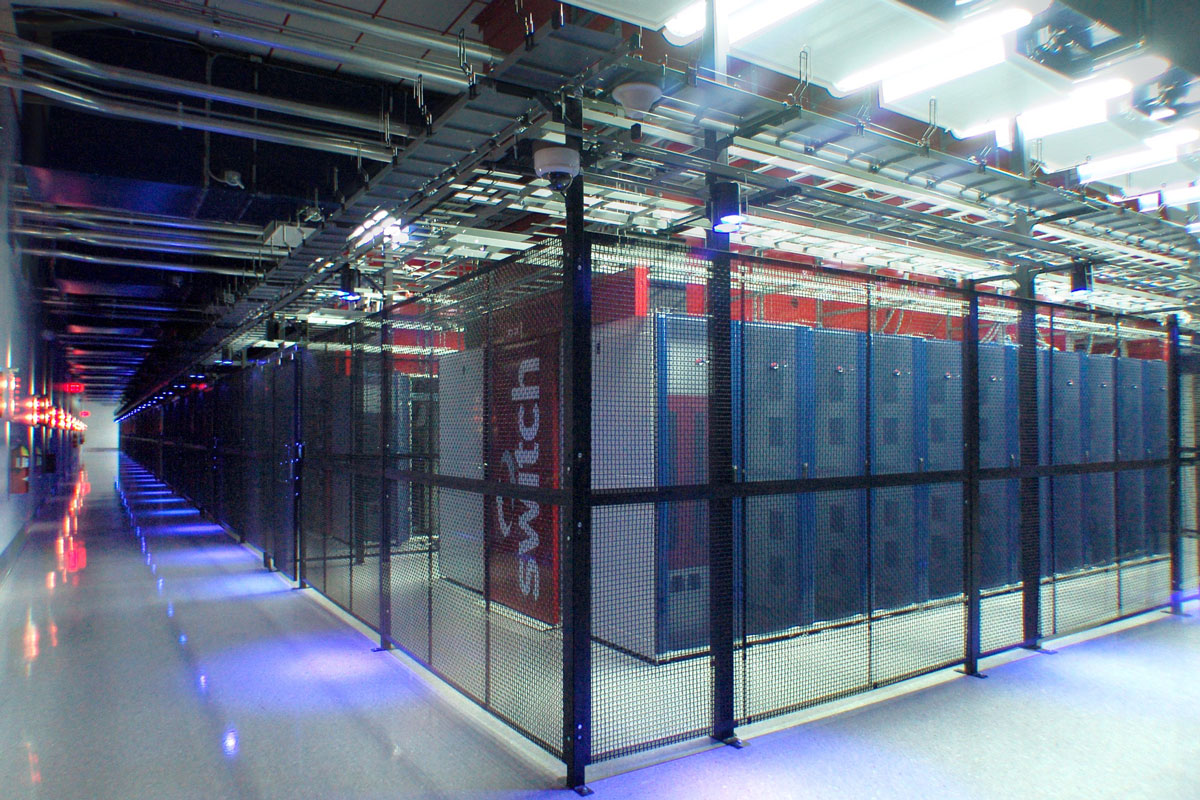
Just a small fraction of the servers available at SuperNAP.
All backups are handled using an EMC disk-to-disk system with no tape involved. Despite the presence of armed guards and mesh cages separating us from the servers, we weren't allowed to carry liquids of any quantity to prevent them from getting wet even the fire suppression system is waterless.
Although SuperNAP easily has the capacity to scale to even more servers to accommodate GCA's needs, including the provision of several cloud services or even migrate operations to another site through a dedicated loading bay, the transaction processing company has plans to reduce its server numbers by as much 60-80% using virtualisation.
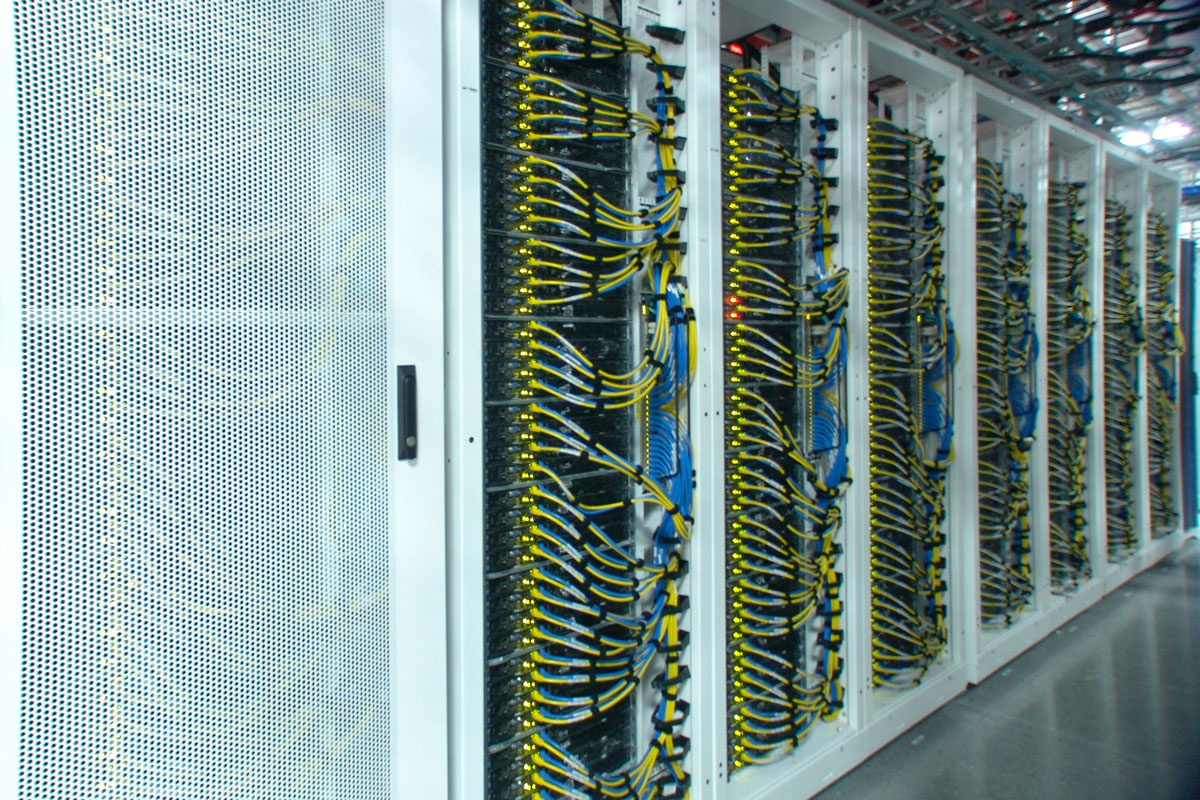
That's a lot of cabling.
Even if that VMWare-enabled rationalisation happens, ensuring sufficient cooling and a consistent power supply for all that infrastructure will remain a primary concern for GCA and Switch. Instead of using an off-the-shelf cooling system Switch designed its own the Thermal Separate Compartment in Facility architecture or t-scif.
Get the ITPro daily newsletter
Sign up today and you will receive a free copy of our Future Focus 2025 report - the leading guidance on AI, cybersecurity and other IT challenges as per 700+ senior executives
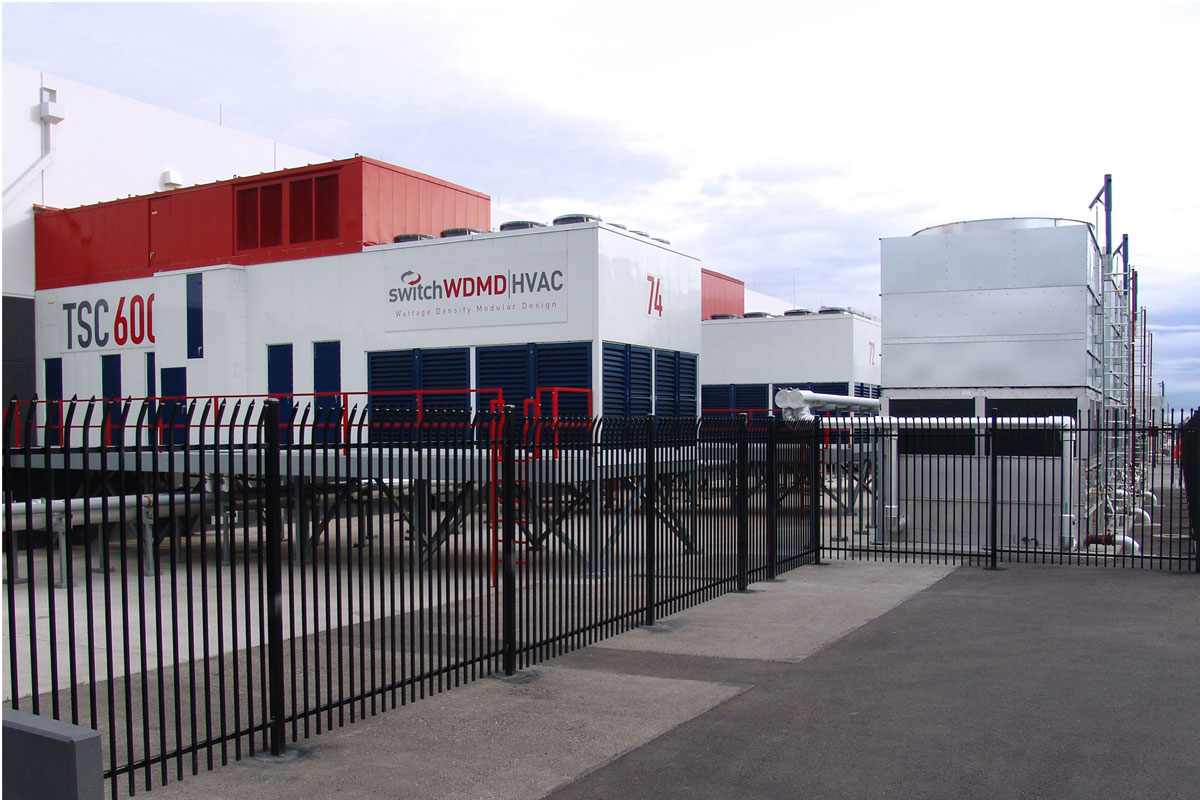
The externally visible parts of the cooling system at SuperNAP.
The external components resemble a series of large truck trailers on stilts and feed cold air into the server rooms and pump out all the hot air using large ducts protected by keypad-locked doors. T-scif uses one of four cooling methods - direct expansion, chilled water and direct or indirect evaporative.
-
 Cleo attack victim list grows as Hertz confirms customer data stolen
Cleo attack victim list grows as Hertz confirms customer data stolenNews Hertz has confirmed it suffered a data breach as a result of the Cleo zero-day vulnerability in late 2024, with the car rental giant warning that customer data was stolen.
By Ross Kelly
-
 Lateral moves in tech: Why leaders should support employee mobility
Lateral moves in tech: Why leaders should support employee mobilityIn-depth Encouraging staff to switch roles can have long-term benefits for skills in the tech sector
By Keri Allan
-
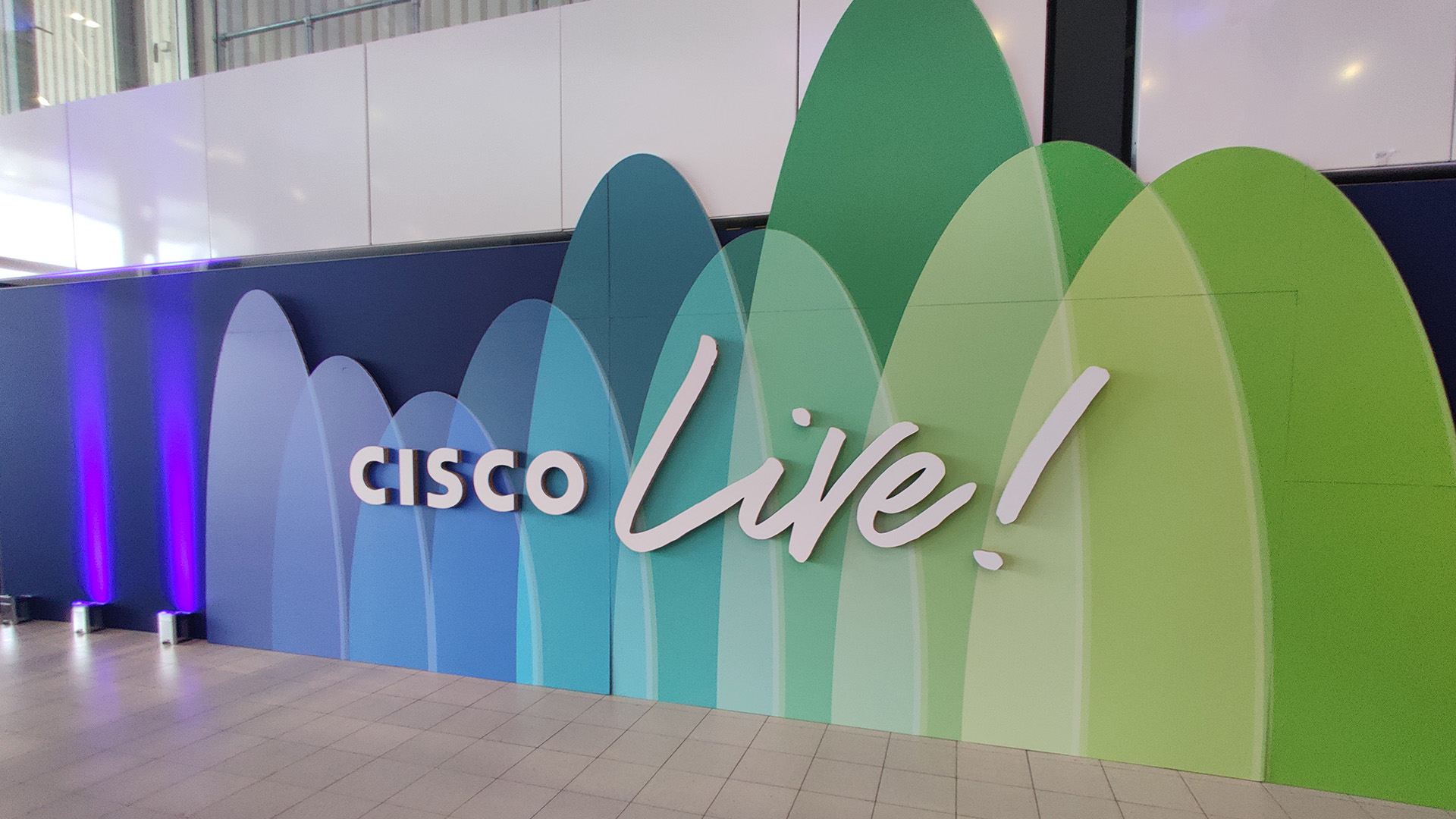 Cisco polishes its platform but the network is still king
Cisco polishes its platform but the network is still kingAnalysis Cisco still believes its integrated platform will drive new value for customers, but its historic strength in networking is where it will have the edge in the AI era
By Solomon Klappholz
-
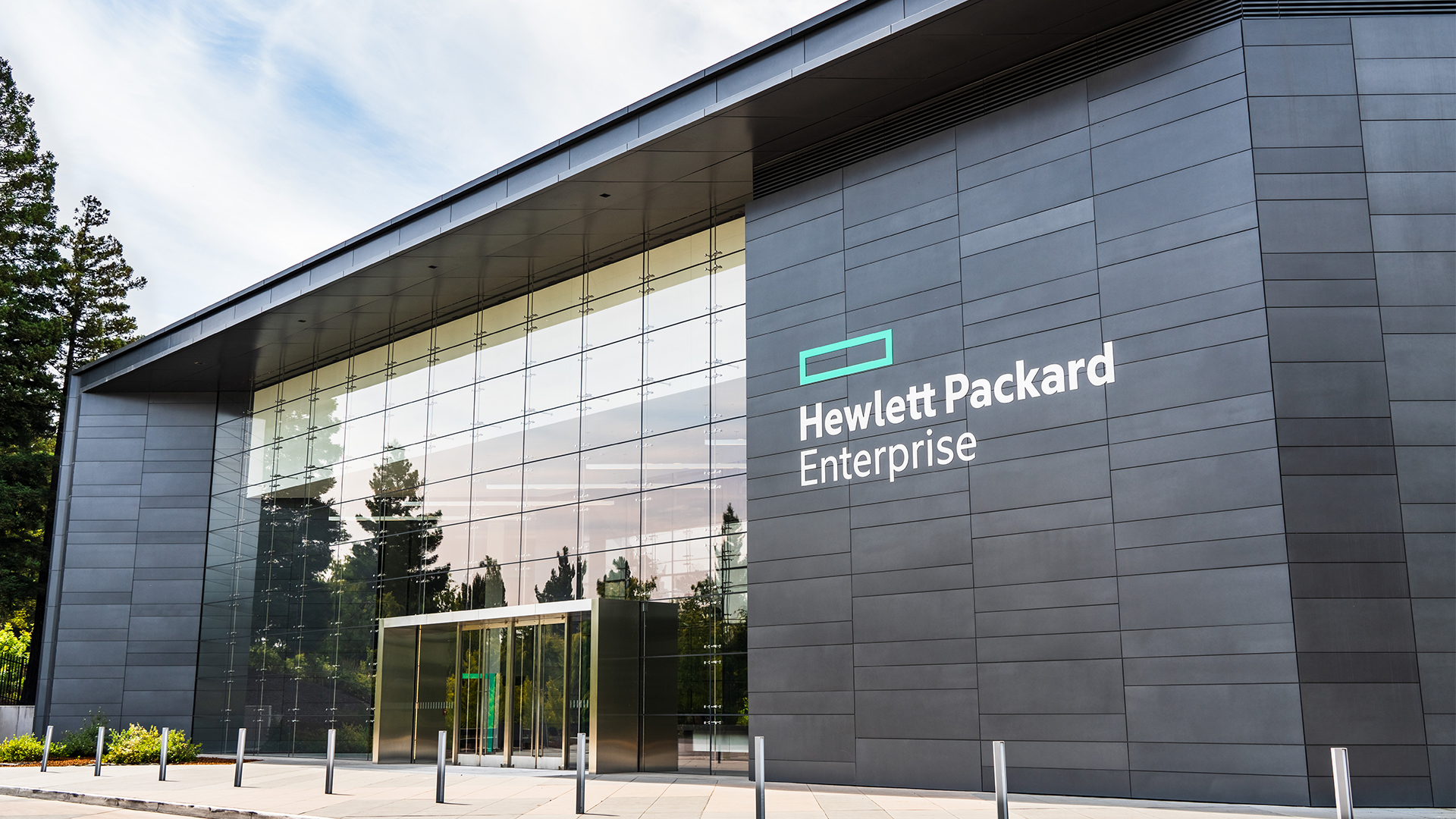 ‘Divorced from reality’: HPE slams DOJ over bid to block Juniper deal, claims move will benefit Cisco
‘Divorced from reality’: HPE slams DOJ over bid to block Juniper deal, claims move will benefit CiscoNews HPE has criticized the US Department of Justice's attempt to block its acquisition of Juniper Networks, claiming it will benefit competitors such as Cisco.
By Nicole Kobie
-
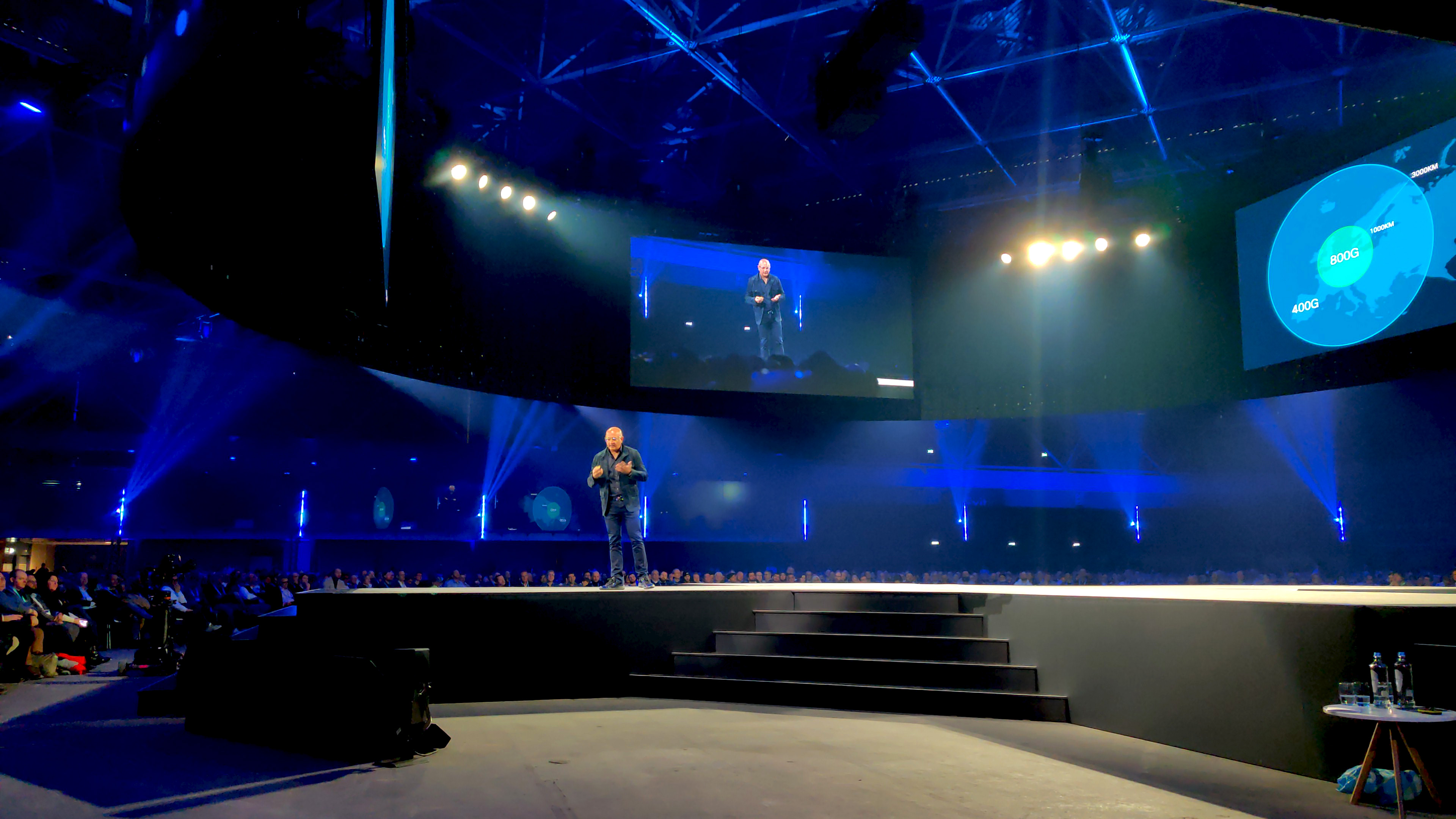 Cisco wants to capitalize on the ‘DeepSeek effect’
Cisco wants to capitalize on the ‘DeepSeek effect’News DeepSeek has had a seismic impact, and Cisco thinks it has strengths to help businesses transition to AI-native infrastructure
By Solomon Klappholz
-
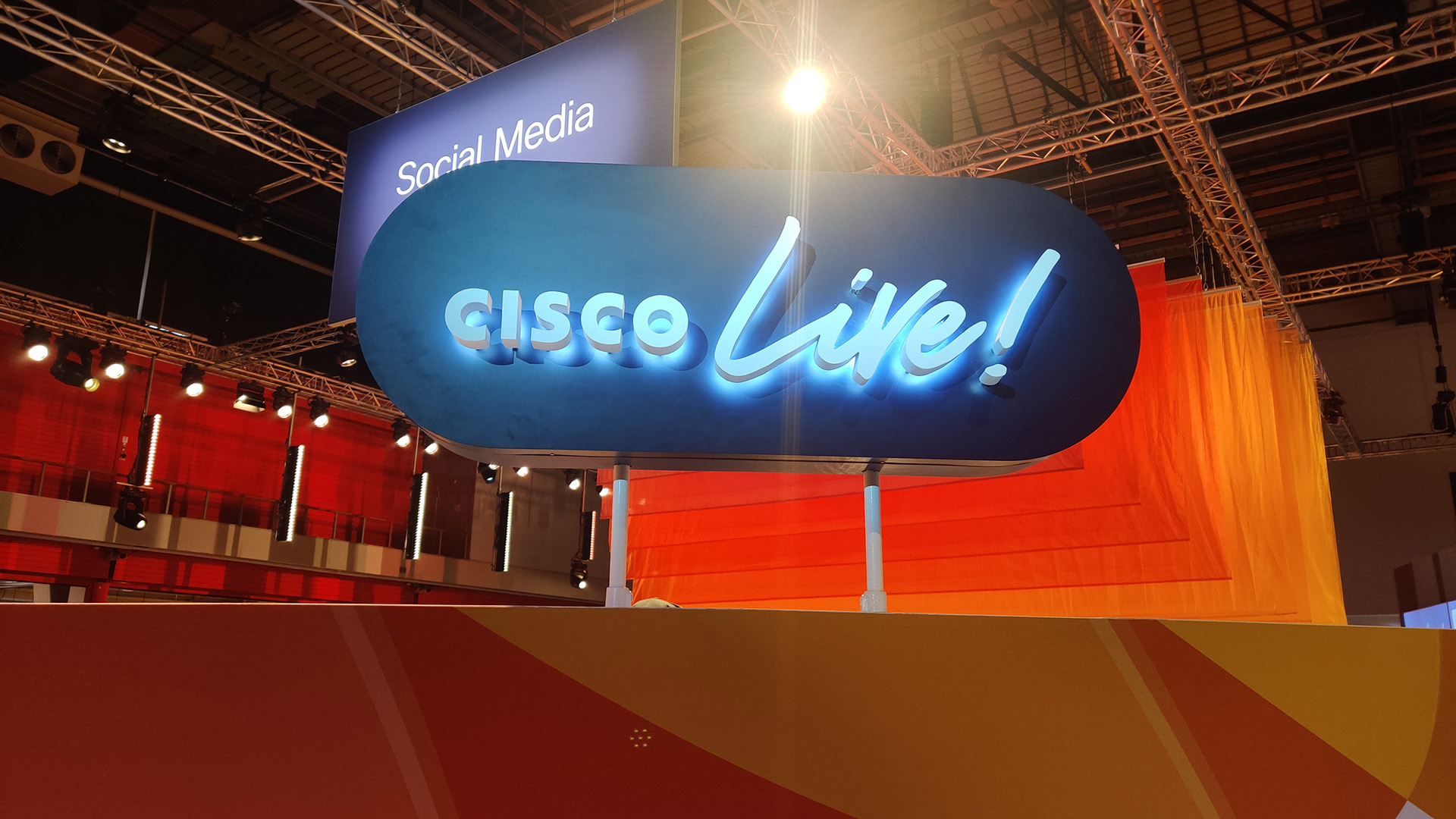 Cisco Live EMEA 2025: All the news and updates as they happen
Cisco Live EMEA 2025: All the news and updates as they happenLive Blog Stay up to date with the latest information live from Amsterdam at Cisco’s annual EMEA conference
By Solomon Klappholz
-
 How embracing flash storage helped Mississippi’s tax authority boost critical apps
How embracing flash storage helped Mississippi’s tax authority boost critical appsCase study By ditching legacy systems and switching to flash storage, Mississippi’s Department of Revenue improved its backup strategy and cut restore times by more than a day
By Steve Ranger
-
 The US just expanded funding for 5G Open RAN in a bid to help telecoms firms crack Huawei dominance
The US just expanded funding for 5G Open RAN in a bid to help telecoms firms crack Huawei dominanceNews The funding for 5G Open RAN aims to help US companies get a bigger slice of the network infrastructure market – and challenge Huawei’s dominance
By Steve Ranger
-
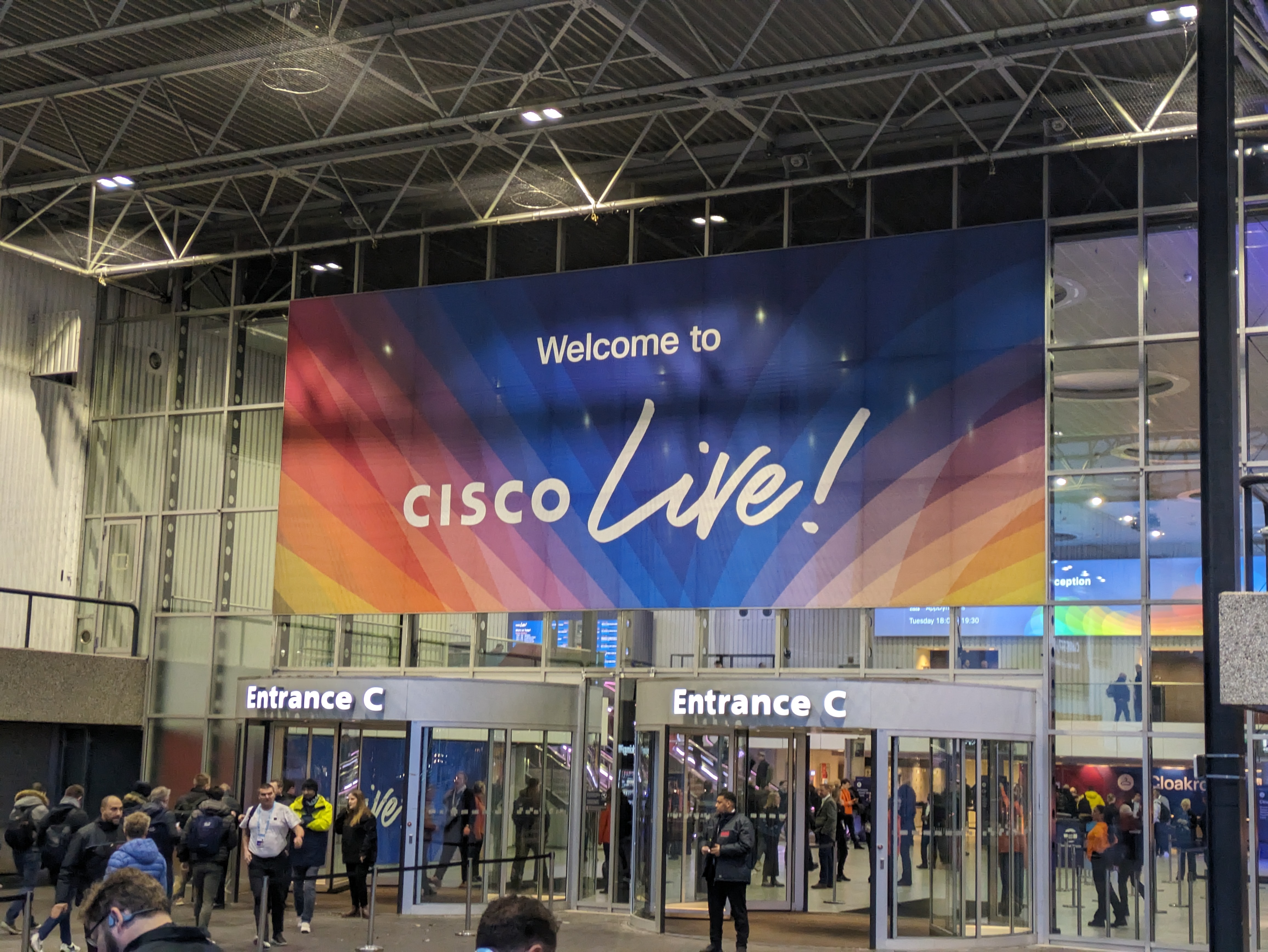 Cisco wants customers to ramp up AI adoption, so it’s partnering with Nvidia to bridge infrastructure hurdles
Cisco wants customers to ramp up AI adoption, so it’s partnering with Nvidia to bridge infrastructure hurdlesNews Cisco has announced a new partnership with Nvidia to offer enterprises integrated, secure, and scalable data center solutions in a bid to drive AI adoption
By Solomon Klappholz
-
 Cisco Live 2024: All the updates and announcements as they happen
Cisco Live 2024: All the updates and announcements as they happenLive Blog Stay up-to-date with the latest news and announcements from Cisco Live 2024 in Amsterdam
By Solomon Klappholz